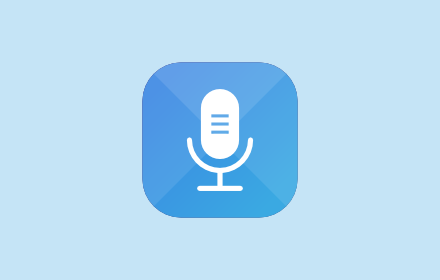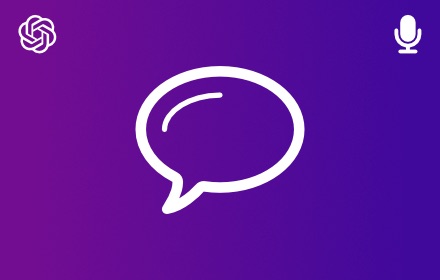Evolution of Text-to-Speech Technology
The Evolution of Text-to-Speech Technology has been a journey of epic proportions, where science fiction has steadily transformed into everyday reality. The marvels of engineering that underpin text-to-speech (TTS) software have advanced remarkably, allowing for a wide range of applications. From helping those with disabilities to empowering new interactive experiences, TTS technology has broadened the ways we interact with our devices and each other.
Understanding the Basics of TTS Engineering
To appreciate the complexity behind text-to-speech systems, one must first understand the basic mechanics. Essentially, TTS software converts written text into spoken words. This involves a series of steps starting from the analysis of the text to the production of synthetic speech that sounds increasingly human-like.
The initial stage, text analysis, involves processing the input text to interpret punctuation, format, and even emotional nuances. Following this, a linguistic analysis converts the text into phonetic representations. The final step is the generation of the audible output, which has seen drastic improvements with the introduction of machine learning and neural networks.
The Role of Machine Learning in the Evolution of Text-to-Speech Technology
One of the most significant breakthroughs in the Evolution of Text-to-Speech Technology is the incorporation of machine learning algorithms. These advanced systems analyze vast datasets of human speech and then use the patterns found to generate speech that closely mimics the natural intonations and rhythms of human language.
Neural networks, a subfield of machine learning, have been particularly influential. They are capable of modeling the non-linear and dynamic characteristics of human speech. With each iteration and update, these networks have become more sophisticated, enabling TTS systems to deliver more expressive and natural-sounding voices.
Evolution of Text-to-Speech Technology in Practical Applications
The advancements in TTS are not just theoretical feats of engineering; they have concrete applications that are changing the way we interact with technology. For instance, TTS systems have become integral in accessibility, providing a voice for those who may not be able to read text on a screen due to disabilities.
Beyond accessibility, TTS technology is revolutionizing industries. Interactive voice response (IVR) systems in customer service, audiobook narration, language learning tools, and smart virtual assistants, like the Mia AI assistant incorporated in the Voice Control for ChatGPT browser extension, are some examples where TTS is making a significant impact.
Conclusion: The Ongoing Transformation of TTS
The Evolution of Text-to-Speech Technology continues to be a testament to human ingenuity. As technology marches forward, so too does the potential of TTS to reshape our technological landscape. Beyond the current applications, the future may hold more seamless integration of TTS in our daily lives, further breaking down barriers and creating new realms of possibility for communication and interaction.
Engineers and developers continue to refine and enhance TTS systems, making them more adaptable and efficient. With each development, the gap between human and computer-generated speech narrows, hinting at a future where the line between both becomes indistinguishable. What began as a simple computerized voice has evolved into an engineering marvel, a symphony of technology that speaks volumes about our progress and potential.
Subscribe to our newsletter
Subscribe to our newsletter for tips, exciting benefits, and product updates from the team behind Voice Control!
Other projects from the team

Talkio AI
The ultimate language training app that uses AI technology to help you improve your oral language skills.

TalkaType
Simple, Secure Web Dictation. TalkaType brings the convenience of voice-to-text technology directly to your browser, allowing you to input text on any website using just your voice.

Voice Control for Gemini
Expand the voice features of Google Gemini with read aloud and keyboard shortcuts for the built-in voice recognition.